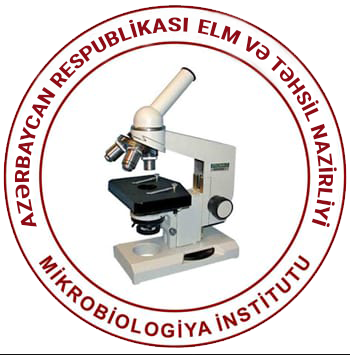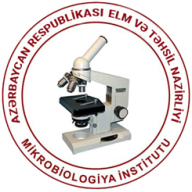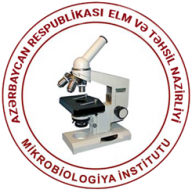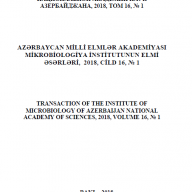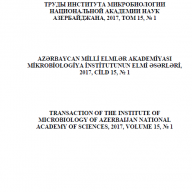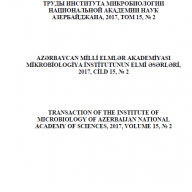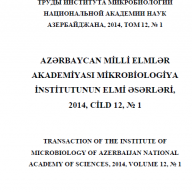Brief History
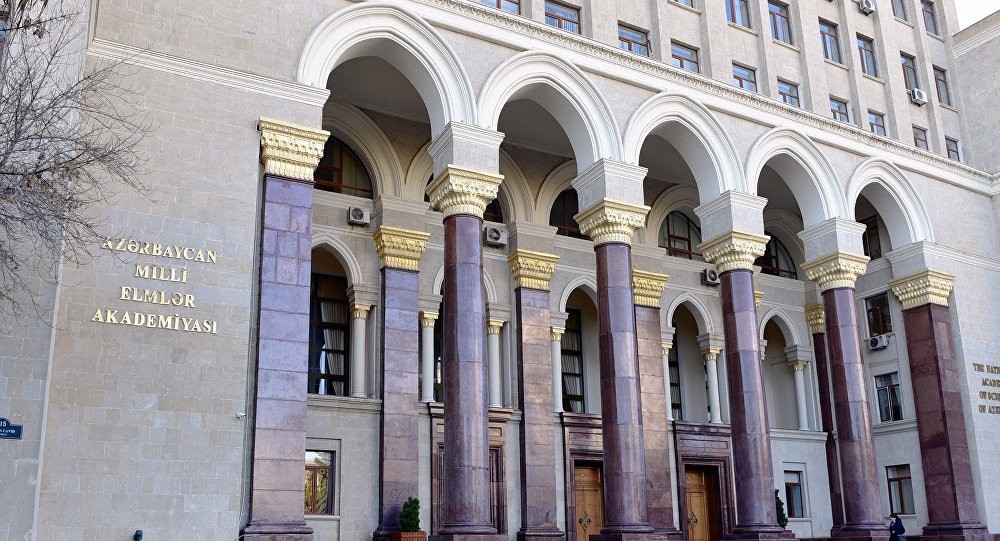
The foundation of ANAS was laid in 1972. It is typical that many fields of general microbiology in Azerbaijan were developed in small units in the Institute of Soil Science and Agrochemistry, Zoology of ANAS for up to 20 years, but in February 1972 by the decision of the Presidium of ANAS the Department of Microbiology was established and operated under the same name until 1994. Famous academician M.G.Ganiyev and doctor of biological sciences, professor Nisakhanim Mehdiyeva played a great role in the establishment of the department. On November 2, 1994, the Department of Microbiology was granted the status of Institute by the Resolution of the Cabinet of Ministers of the Republic of Azerbaijan № 375 and on December 12, 1995 it was registered by the Ministry of Justice of the Republic of Azerbaijan as a state institution (Certificate № D-889 was obtained). At present, the Institute of Microbiology continues its activity as a structural unit of ANAS within the Department of Biological and Medical Sciences of ANAS.
From 1972 to 1981 the Institute of Microbiology was headed by doctor of biological sciences N.Y.Mehdiyeva, from 1981-2002 the full member of ANAS M.Y.Mammadyarov, from 2002 to 2020 the full member of ANAS M.A.Salmanov. from May 8, 2020 the corresponding member of ANAS P.Z.Muradov has been as the director.
Main Activity
To conduct fundamental and practical research in the field of microbiology and biotechnology.
Main scientific achievements
Some hydrolases inductively synthesized in xylotrophic mactomycetes are characterized by high basal levels, scientific and practical bases for efficient biotransformation of plant wastes have been developed in accordance with the principle of “law waste or no waste at a specific stage” technology.
As a result of the research, the distribution of Botrytis longibrachiata, Oudem, Aspergillus, Ornatus Raper, Aspergillus Restrictrus G.Sm., Aschohyta, glychyrrhizae Vasyaq., Cirrrcinella muscae (Sorokin) Berl and De Toni Nirenberg, Phyllosticta glycyrrhizae (Hollos) Y.S. Paul and L.N.Bhardwaj, Ramularia meliloti Ellis and Everh, Ascospharea apis (Moasen ex Claussen) L.S.Olive and Spiltoir, Aspergillus ornatus Raper, Fenell and Tresner, Penicillium echinulatum Raper and Thorm ex Fassat, Phoma herbarium f. glycyrrhizae Hollos, Ramularia meliloti Elilis and Everh, Trametes gibbosa (Pers). Fr. And Zygorhynchus heterogamous (Vuill), which are determined and brought to pure culture.
The current ecological condition of aquatic ecosystems of Azerbaijan has been assessed microbiologically, biotechnologically, biotechnological bases of treatment of water and soils contaminated with oil and oil products have been prepared the optimal ratio of species represented in the association of microorganisms has been found.
White naphthalene oil with high bacterial and fungicidal activity, obtained on the basis of high purification technology from Naftalan oil with essential oils from plants such as Artemisia vulgaris L (common wormwood), Artemisia absinthium L. and Salvia officinalis L (sage). And an optimal proportional variant of the compositions having in this field and having a broader spectrum of effect than the composition known in this field has been developed.
Aqueous extracts and essential oils from medicinal plants such as Apium graveolens L., Arthemisia absinrhium L., Mentha piperita L., etc, which are included in the flora of Azerbaijan, have been identified as a promising source for drugs that are effective in partially or completely limiting the activity of toxigenic fungi.
Development of a scientific and practical basis for the organization of the production and production of biologically active substances of fungal origin (enzymes, phytohormones, etc.).



